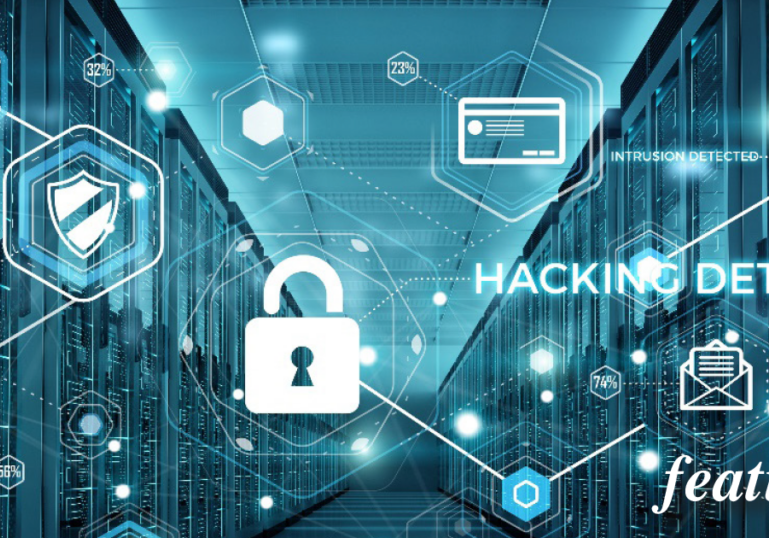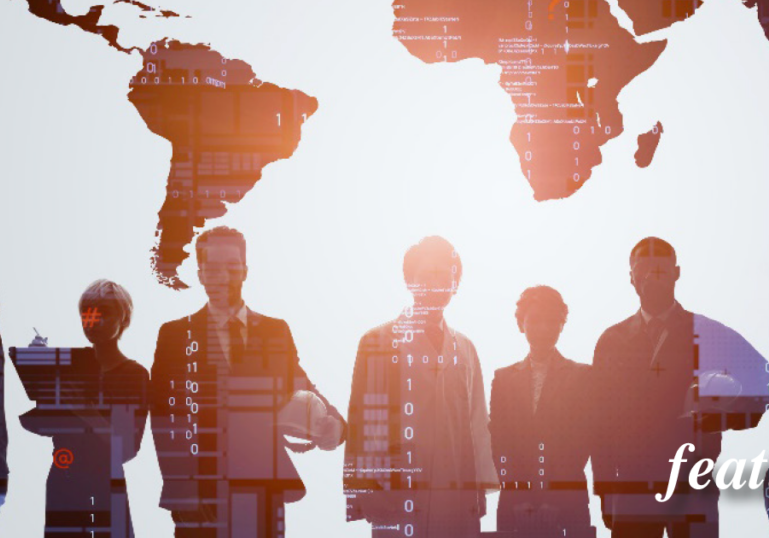The best software fades into the background, and you don’t even notice It’s there.”1 We’re a long way off, especially with business software.
Consumer Grade Apps
In the enterprise software realm, we aspire to be like “Consumer Grade Apps,” which are applications used by regular people every day. Consumer apps have come a long way since the early days when Siri would come up with laughable responses. Now Siri and Google can be relied upon to provide useful responses most of the time, navigation apps make travel much easier, and shopping is at the click of a button. Apps launched from your phone or tablet are called consumer grade because they’re intuitive to use and don’t require a manual or training.
Contrast the consumer experience with enterprise software, such as HR, finance, or supply chain, which require extensive user training. There is a push to create “consumer grade” enterprise software, but the fact remains that processing business transactions, such as hiring or promoting a worker, is more complex than booking a flight or buying concert tickets.
Security
But consumer apps are not without their foibles. Passwords are often said to be the bane of our existence. With the advent of the public internet and World Wide Web (WWW), there are more opportunities to commit fraud than ever before. Every day, we receive phishing emails and “scam likely” phone calls. Exposure to potential fraud is the price we pay for an unregulated, public web. Security is based on something you know (such as a password), something you have (like a fob), and/or something you are (biometrics, such as a fingerprint, facial recognition, or retinal scan). Hopefully, we’re evolving more toward biometrics, alleviating the burden of creating and remembering complex passwords.
Automating Business Processes
The evolution of client-server to on-premise web allowed for a better user experience but was more about what the software could do rather than what the business needed. Early workflow systems meant that business processes could be initiated or approved by business users rather than system administrators or HRBP’s. The rise of the cloud made for a better user experience, but sometimes at the expense of custom functionality core to the unique needs of the business. Although the cloud continued the trend of focusing on business needs rather than technology, compromises due to the technical design or limitations meant burdensome manual workarounds. For example, if you are implementing benefits administration, and a group of workers from an acquired company has a grandfathered plan, and your benefits system can’t address his exception, a typical solution would be to create a report identifying those workers and have a benefits administrator manually key in the changes. Not exactly fading into the background, but these are the compromises that are typical when implementing a configurable cloud system rather than a customizable legacy on-premise solution.
Workflow had the promise of freeing HRBP’s from administrative tasks to focus on being a strategic partner to the business, but the reality has been much different. Consider a promotion transaction: the manager invokes the Promote Employee function in the HRIS. They are asked which of the 1,000+ job codes in the system to assign to the employee. Or, if the company uses position management, which position number (for which there’s no incumbent) to assign to the employee? The manager has no idea, so they call the HRBP. If the promotion includes a salary increase, HR asks if the manager has budgeted for the compensation adjustment. The manager has no idea, so the HRBP looks it up in the finance system. It turns out that the manager doesn’t have budget, so they enact a process to get approval for an unplanned budget.
It would be awkward (to say the least) to encode all those steps in an HR workflow, but somebody must initiate a transaction, somebody needs to authorize it, and typically several people need to be notified. But the bulk of the work consists of emails, phone calls, and meetings. Again, not too different than when there was no system.
Measuring Work
Only by measuring work can we get the insights we need to fix the problems and gauge if our efforts to streamline it are working. This usually takes the form of surveys. It stands to reason that the way to keep your finger on the pulse of the workforce is to directly ask employees how things are. But we shouldn’t create more work to measure work. How do we get the visibility we need to determine where the problems are and how to fix them?
If only systems would read my mind and know what I want to do, then help me automate that. Well, systems can’t read your mind (yet), but they can observe your behaviors and make inferences as to what you have intended. Over the last decade or so, we’ve seen tremendous advances in machine learning: a technique whereby the computer isn’t programmed to solve a problem but is programmed to learn how to solve a problem. Just as people learn from their experience, for computer programs, experience is data. The internet of things are devices that capture data on the Web – basically, measure work. This allows us an excellent opportunity to use data to create a more personal user experience.
How would this work in the real world? Consider the previous example: a manager wants to promote an employee. The system examines the promotion details with other transactions in the HRIS that are similar to this one and recommends a new job code and salary. The system will make recommendations for actions where appropriate, although the seamless integrations will allow the system to take definitive action across other systems, such as applying for a budget variance in the finance system. This is, in essence, removing friction from the complex transaction posed earlier.
In the meantime, there are many ways one can improve the employees’ digital experience, and due to increases in technology, they are getting more powerful all the time.
The Underlying Technology – to make it simple is complicated
Underneath any background, fading software is a lot of technological sophistication. It’s complex to be simple. Behind an Employee Experience platform is data – lots of it. Data from your HR suite, which knows a lot about you, aggregate industry data and data scraped from the public web. This results in a repository of data about your workforce, including structured data from your HR systems and unstructured data from the web, which will feed your machine-learning efforts.
The “plumbing” beneath the surface that makes it all work is integrations – providing access to the data needed when you need it. These sophisticated integrations should approach interoperability, whereby the user can’t tell if the underlying systems are designed and coded to be seamlessly enmeshed.
Sitting on top of the repository of all your data is a workflow engine to automate processes across systems and a low-code development system to create apps that aren’t delivered with your HR applications, thus avoiding dreaded manual workarounds, and a portal as a single place to initiate all tasks.
A knowledge base is the accumulation of definitions and processes relating to tasks that are performed within the company. Gathering that information and making it available to all at their fingertips can go a long way to resolving unanswered questions quickly.
The Changing Paradigm of Work
Technology is allowing us to unpack jobs into a collection of tasks.2 Some tasks are easier to automate – such as anything repetitive that involves few decision points. Others are harder – like convincing someone of something or applying nuanced reasoning. The simpler tasks may be able to be automated to some degree, and the more complex tasks can benefit from having the information available just when it’s needed.
The “Holy Grail” of user experience
The “Holy Grail” of user experience is a system that knows your behaviors and preferences and can anticipate and fulfill your needs. This should happen without your having to wrestle with system settings. Beneath any simple operating system is a lot of technical sophistication. It’s complex to be simple.
Eventually, non-invasive brain scanning technology will do away with other types of interfaces. We’ll have to train our brains not to let idle thoughts get in the way of commands to the device. In the meantime, speech recognition technology will continue to improve, making keyboards or touchpads obsolete.
With the passage of time, sophisticated devices will continue to embed themselves in our work and lives, seamlessly transforming the everyday tasks we perform and decisions we make.
Endnotes
1 source unknown.
2 as discussed in Work without Jobs – Book by Ravin Jesuthasan & John Boudreau



